The Transportation Secretary and the Regulation of Drones and Self-Driving Vehicles
As 2018 comes to a close, transportation and technology are becoming increasingly intertwined. Between drones and self-driving cars, the streets and skies of the United States are populated with new technologies every day. This raises the question, then, of how they fit into modern American society and how they will be regulated to ensure the safety of users and bystanders alike.
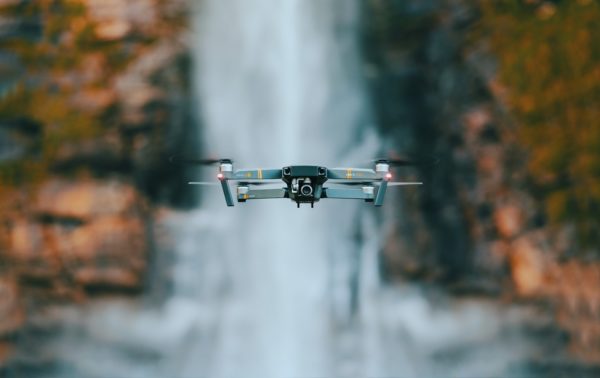
Photo courtesy of Unsplash
Elaine Chao, the current U.S. Secretary of Transportation, recently spoke on the matter at Fortune’s Most Powerful Women Summit in Laguna Niguel, California. She discussed everything from how the United States is on the brink of a transportation transformation to the Arizona woman who was killed by a self-driving car earlier this year. Let’s take a moment to unpack some of her statements to determine what’s really going on with transportation technology in America:
On Working Together
Chao noted that autonomous vehicles (AV) are coming, whether you like them or not. She claimed they will change how Americans “work, move, and connect.” They have the potential to reduce the millions of car crashes that happen every year, improve traffic flow, and have a generally positive impact on American roads. And who wouldn’t want that kind of a future?
However, after an Arizona woman was struck and killed by an AV in early 2018, many people became even warier of self-driving cars. Chao said this hesitation and fear of AVs is perhaps the largest barrier to their success. She claimed to have implored major tech companies in Silicon Valley to work with long-time car manufacturers to find the best ways to make AVs as safe as possible. However, she also recognized that the federal government’s job as a regulatory body is to ensure that self-driving cars are safe for everyone.
On Being Technology Neutral
Her comments on Silicon Valley transitioned into a discussion of the Department of Transportation’s “technology neutral” stance on self-driving vehicles. Chao explained that the federal government’s job is not to tell people which self-driving cars to buy, but to safeguard the privacy and security of Americans without sacrificing innovation.
She explained that there is currently a fierce competition between several firms attempting to develop the best AV technology, and she encouraged this competition. After all, there is still much work to be done before self-driving cars become an everyday sight in American society.
Aside from manufacturers actually producing them, data scientists need to determine the sheer volume of information necessary to create and operate an AV logistics network, which would allow self-driving cars to communicate with each other on the road. Lawmakers need to create and enact more legislation clarifying the nation-wide legality of self-driving cars. Infrastructure needs to be updated to reflect the different needs of autonomous vehicles. All this, and more, is needed before self-driving cars become the norm.
On Regulating Drones
In addition, Chao discussed another popular topic in the transportation industry: drones. Over 500,000 drones were registered in 2016; now, nearing the conclusion of 2018, that number has nearly doubled, according to Chao. They are used by a range of people for a range of purposes — from enthusiastic hobbyists for fun, to professional photographers who use them for commercial real estate photography, to a growing use in delivering food and packages.
Because of this fast-growing popularity and concerns from the military, Chao said that the government is working on various programs to determine better ways to regulate drone use in the United States. Current federal regulations mandate several requirements for drone users, such as not flying near other aircraft, only flying drones under a certain weight, and always flying the drone within your line of sight.
From the skies to the roads to railroad tracks, transportation in America is changing. Some shifts may be gradual, but others are coming quickly — and Chao demonstrated that her department is preparing for these changes, regardless of their speed.

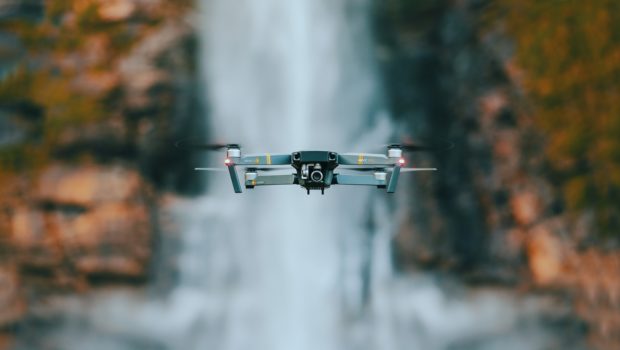

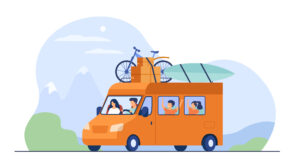
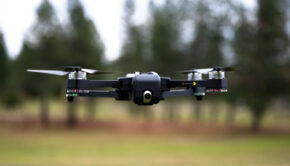
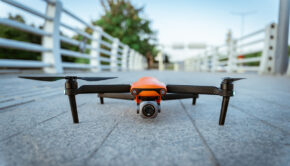
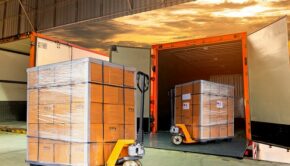
![Create a Content Marketing Funnel for Your WordPress Website [Infographic]](https://technofaq.org/wp-content/uploads/2017/05/How-to-Create-a-Content-Marketing-Funnel-for-Your-WordPress-Website-150x150.png)








